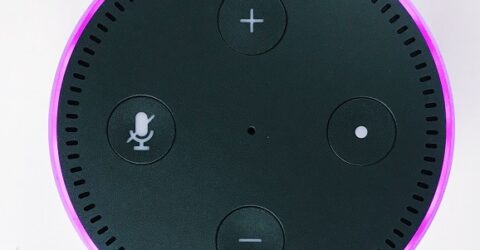How to make the most of your Alexa devices
Making the most of Alexa involves getting under the skin of a system mostly used for radio stations and reminders.

As the best known and best-selling smart speaker on today’s market, there’s a reasonable chance that an Amazon Alexa was waiting under your Christmas tree last month.
If it wasn’t, there’s another reasonable chance that any electronic device you did receive had Alexa built into it.
If you unwrapped one of the 150 products with integrated Alexa functionality, from Sonos soundbars to Toshiba TVs, you might want to enjoy it while you can.
Alexa is a financial millstone around its parent company’s neck, and Amazon is reported to have lost $10 billion funding Alexa in 2022 alone, with most hardware devices being sold at a loss.
Consumers were expected to use Alexa devices to order products, but consumers would rather view potential purchases online or in person than order them verbally, sight unseen.
The huge operating costs of the Alexa ecosystem aren’t delivering a return on their investment, leading to job losses and rumours that the entire system will eventually be scrapped.
Until then, Alexa is one trigger word away from springing into life.
We should all be making the most of Alexa while we can, but what else is the system capable of, apart from broadcasting music or parroting parcel notifications?
Making the most of Alexa’s features
The most obvious starting point of any Alexa assessment involves its ability to link other devices together.
From Ring doorbells to robotic vacuum cleaners, being able to issue verbal instructions and receive live notifications can be useful, especially for people with limited sight or mobility.
In terms of safety and security, it’s possible to create routines which will perform multiple actions at once – turning off smart lightbulbs, locking connected doors and lowering the thermostat.
Amazon’s parentage and patronage makes this the ideal platform for ordering items (even if few people do so), tracking those orders and receiving delivery confirmation notifications.
On the theme of travel, inputting relevant addresses into the Alexa app can underpin live commuting updates each morning.
Other aural pleasures include listening to Kindle or Audible books, which may help you fall asleep at night. Alexa can even tell children age-appropriate bedtime stories.
This is best done at a low volume, and it’s easy to adjust everything from loudness to the speed at which Alexa speaks (or the voice that’s used). Whisper mode is ideal for night-time use.
Communicate, customise and convene
Alexas may be linked to each other within a domestic network, enabling you to intercom your surly bedroom-dwelling teenager with the news that their tea is going cold RIGHT NOW.
Expand on this by dictating SMS messages to be sent via an Android device, simply by saying “Alexa, send an SMS to Bob”. Other recipient names are also available.
More whimsical offerings include being able to ‘flip a coin’ or ‘roll some dice’, using the light ring fitted to most devices as a night light, or playing music on every connected Alexa at once.
This is ideal for parties, when you may also wish to set the default music service to Spotify or Apple Music, ensuring you can cater to your guests’ tastes in jazz, opera or metalcore.
Speaking of customisation, it’s easy to create profiles for different family members, though it does grant everyone access to the administrator’s Prime account.
That’s potentially a bad idea if you don’t want your pre-teen child ordering five hundred Magic Mixies sets while you’re asleep…






